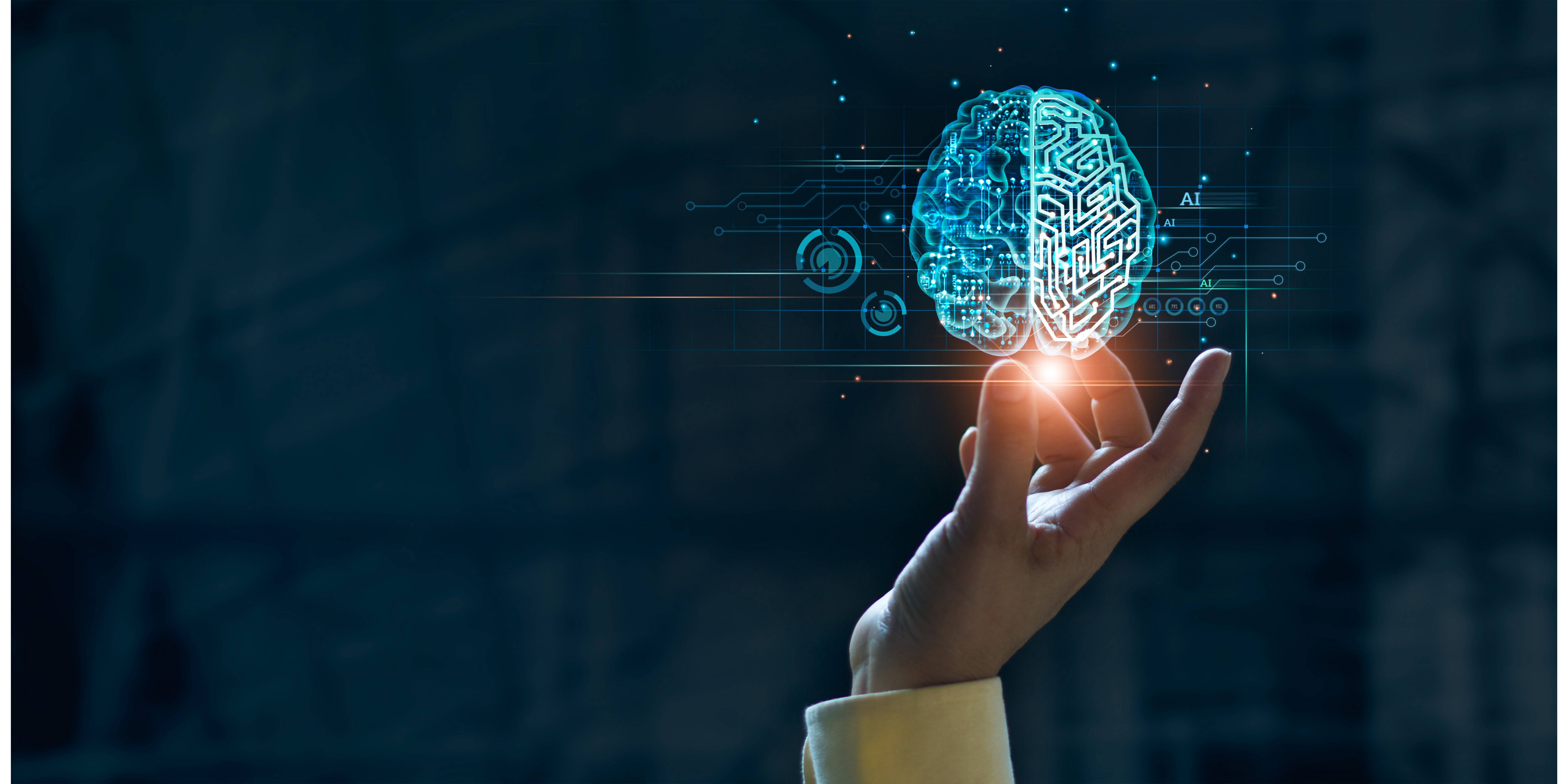The Role of Compliance Standards in Third-Party Security Assurance
In today’s digital landscape, organizations are increasingly relying on third-party vendors and service providers to meet their business needs. However, this reliance comes with inherent risks, particularly when it comes to data security. A breach or compromise of sensitive information by a third-party can have severe consequences, including financial loss, reputational damage, and legal implications.
To mitigate these risks, organizations are turning to compliance standards such as ISO 27001:2022 and SOC 2 to enhance their third-party security assurance efforts. These standards provide a framework for implementing and maintaining effective security controls, ensuring alignment with industry best practices and regulatory requirements.
ISO 27001:2022
ISO 27001:2022 is an internationally recognized standard for information security management systems. It provides a systematic approach to managing sensitive company information, including the information shared with third-party vendors. By implementing ISO 27001:2022, organizations can establish a robust security management system that encompasses the entire lifecycle of their relationship with third parties.
One of the key benefits of ISO 27001:2022 is its focus on risk management. The standard requires organizations to identify and assess the risks associated with their third-party relationships and develop appropriate controls to mitigate these risks. This proactive approach helps organizations identify potential vulnerabilities and take necessary steps to address them before a breach occurs.
ISO 27001:2022 also emphasizes the importance of ongoing monitoring and review. Organizations must regularly evaluate the effectiveness of their security controls and make necessary adjustments to ensure continuous improvement. This ensures that the security measures in place remain relevant and effective in the face of evolving threats and changing business requirements.
SOC 2
SOC 2, short for Service Organization Control 2, is a compliance framework developed by the American Institute of Certified Public Accountants (AICPA). It focuses on the security, availability, processing integrity, confidentiality, and privacy of customer data. SOC 2 reports provide valuable insights into the controls implemented by service organizations to protect customer data.
When it comes to third-party security assurance, SOC 2 reports play a crucial role in evaluating the security posture of vendors and service providers. Organizations can request SOC 2 reports from their third-party vendors to gain assurance that the necessary controls are in place to protect their data. These reports provide detailed information about the vendor’s security policies, procedures, and the effectiveness of their controls.
Similar to ISO 27001:2022, SOC 2 also emphasizes the importance of ongoing monitoring and review. Service organizations must undergo regular audits to maintain their SOC 2 compliance. This ensures that the security controls implemented by the vendor are continuously assessed and validated, providing organizations with confidence in their third-party relationships.
Enhancing Third-Party Security Assurance
By adopting compliance standards such as ISO 27001:2022 and SOC 2, organizations can enhance their third-party security assurance efforts in several ways:
- Clear Security Expectations: Compliance standards provide a clear set of security expectations for both organizations and their third-party vendors. This ensures that all parties are aligned on the necessary security controls and measures.
- Consistent Evaluation: Compliance standards provide a consistent framework for evaluating the security posture of third-party vendors. This allows organizations to compare different vendors based on their compliance status and make informed decisions.
- Risk Mitigation: Compliance standards require organizations to assess and mitigate risks associated with third-party relationships. This proactive approach helps organizations identify and address potential vulnerabilities before they can be exploited.
- Continuous Improvement: Compliance standards emphasize the importance of ongoing monitoring and review. This ensures that security controls remain effective and relevant in the face of evolving threats and changing business requirements.
- Transparency: Compliance standards promote transparency by requiring vendors to provide detailed reports and documentation regarding their security controls. This allows organizations to gain insight into the vendor’s security practices and make informed decisions.
In conclusion, compliance standards such as ISO 27001:2022 and SOC 2 play a vital role in enhancing third-party security assurance efforts. By adopting these standards, organizations can ensure alignment with industry best practices and regulatory requirements, mitigate risks, and build trust in their third-party relationships. It is essential for organizations to prioritize security and make informed decisions when selecting and engaging with third-party vendors.
Expand your TPRM knowledge and capabilities with in-depth resources at Third-Party Risk Management.

Leave a Reply